With all the powerful heat-generating video cards that are coming out on the market these days, keeping your card running at a healthy temperature has become more important than ever. There are many things you can do to help your card run cooler (adjusting fan speed, changing thermal compound, installing watercooling, etc), but today we are going to focus on a new product put out by Arctic Cooling, Which is basically a modified self-contained watercooling kit normally used for processors. It’s basically a heatsink that you attach to your video card, which in turn is connected to a radiator that you mount into your case. In this article we will be going over the install and then the results after the install.
This is the Arctic Cooling Accelero Hybrid Self-Contained Watercooling Kit. It comes with one fan, all necessary hardware, along with heatsinks and thermal adhesive to allow MOSFET’s and memory chips to be passively cooled along with the active cooling on the GPU. It has pretty much the same installation procedure as a CPU self-contained watercooling kit, along with the extra step of installing the heatsinks. The instructions are a little hazy in some places, but if you have ever installed anything like it, then you should have no problem with this installation. The kit is compatible with multiple video cards, both Nvidia and AMD/ATI. Not EVERY card is compatible, most of the ones that are not are out dated, and wouldn’t be powerful enough to need one of these anyway. And even with the newer, more powerful cards, this would really only be needed if you’re running high-end games, doing some kind of photo/video editing or rendering, or if your card is just running to hot. The customer that had this card installed didn’t do any type of gaming, but was not satisfied at the temps his card was running at during rendering. The card that this product got installed on is a Nvidia GTX 570.
The first step for this installation is to remove the stock heatsink from the card, which can be done by removing all the screws from the “bottom” of the card (the side of the card that does not have the heatsink). You then slightly twist and pull the card from the heatsink. We now have a bare video card that still needs to have the thermal compound removed before installation. This is also a good time to remove any dust on the card and check for any bad capacitors or components on the board. The next step is to installed the heatsink onto the chips and other heat generating components. This step is very different between different cards, and involves a little bit of patience. There are multiple shapes and types of heatsinks included, and a component could have a short, wide heatsink, or a tall skinny heatsink, for example. So after a bit of trial and error this is what I came up with.
These heatsinks are attached using a thermal adhesive, and it takes about 30 minutes to cure. This is a good time to get the heatsink/fan assembly together and ready to install on the card. This is one of the easier steps, all you need to do is screw the waterblock/pump into the bracket and route the coolant lines. The instructions give different routing options for different cards, so make sure that it is routed the right way. This is how it is to be setup for the 570.
After the adhesive has cured, we can start handling the video card again. First step is to apply the thermal compound. I personally use Arctic Silver Ceramique 2 as my compound of choice. The kit does include more compound than you need for this installation, but I used mine anyway, as stock compound is never the best. It only takes about 3/4 the size of a BB, spread thinly and evenly. This is the last step before combining the heatsink assembly and video card, but I decided to be safe and give the adhesive an additional 30 minutes to cure.
Time for the marriage of the card and heatsink assembly. the best way to do this part is to lay the heatsink assembly on the table with the copper facing upwards and to hold the video card with the heatsinks and GPU chip facing down. Then lower the card onto the assembly making sure to line up the screw holes. Make sure to line it up right before the copper waterblock and the chip touch, because if you mess up here you will have to remove and reapply the thermal compound. if you lined it up correctly, and the waterblock and GPU are making contact, twist slightly back and forth to work in the compound. Last step here is to just screw in the assembly to the card.
Installation of the video card with the new heatsink assembly can be a little tricky as you have a permanently attached heatsink hanging off the end of the card while you are installing it. You either want to hold the card in one hand and the heatsink in the other, or find a safe place in your case to set it on as you’re installing the card. The card installs the same way as any other PCI-E video card, with the added step of having to mount the radiator. Again the instructions gives many ways to mount the radiator, I went with mounting it on an exhaust fan in the back. The coolant lines can make the inside look a little messy, but this case doesn’t have a window on it so that is not a problem in this installation.
– Results and Final Thoughts-
Prior to this installation, the card was running at 70-80C at load, which caused the fans to spin harder, caused more noise, and constantly running at those temps decreases the expected life of a card. Immediately after installation, the card maxed at 63C at load, with room for improvement as the thermal compound takes a day or two to fully cure. The customer has been updating me on how the card is running, and after the card has had some time to cure he reports avg overall temperature of 37-39C, which is quite a difference. And not only that, the card barely makes any noise anymore and the card is more likely to last longer. The price on the watercooling kit is about $200 depending on where you get it, which is about the same price as a mid-range video card. That in itself may hold people back from getting this setup, but if you need your card to run cooler this is definitely a good way to go. Again the instructions were a bit hazy in some places, but in all honestly that is my only complaint. Overall it wasn’t too difficult to install and did a great job at cooling the video card.


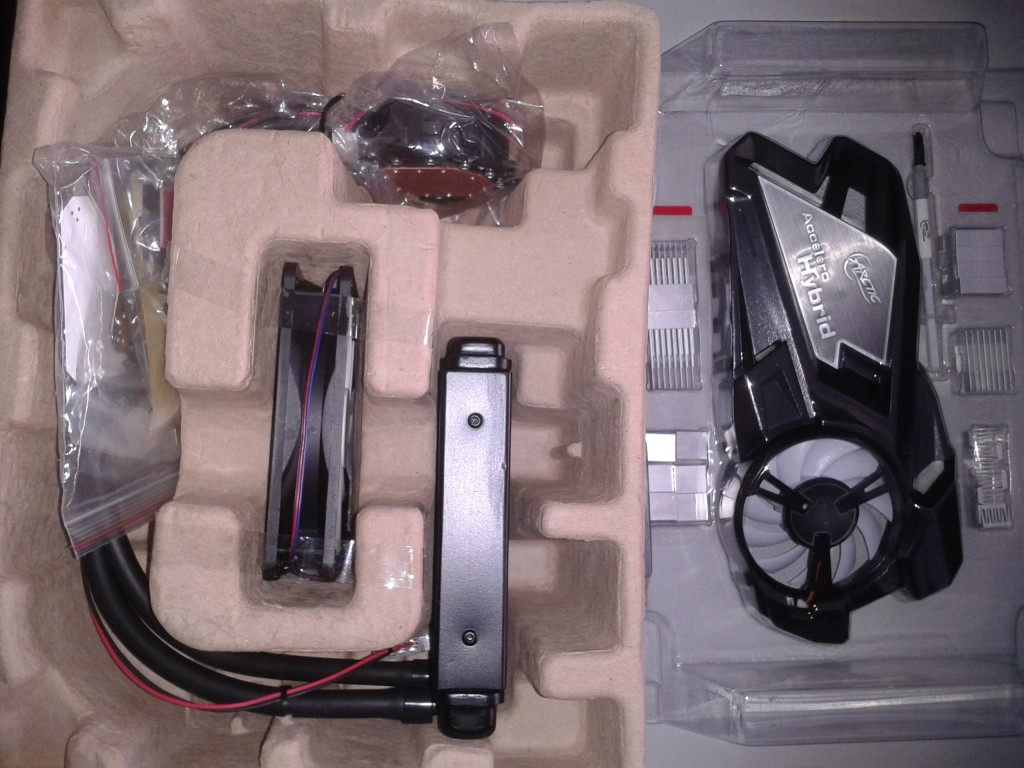
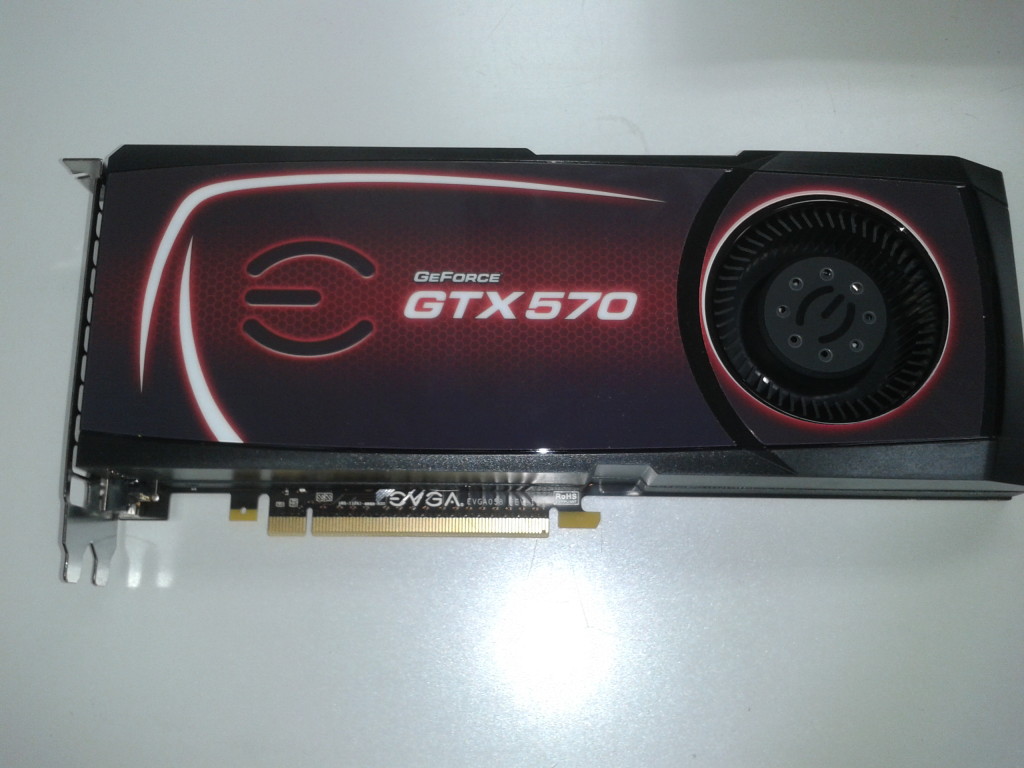
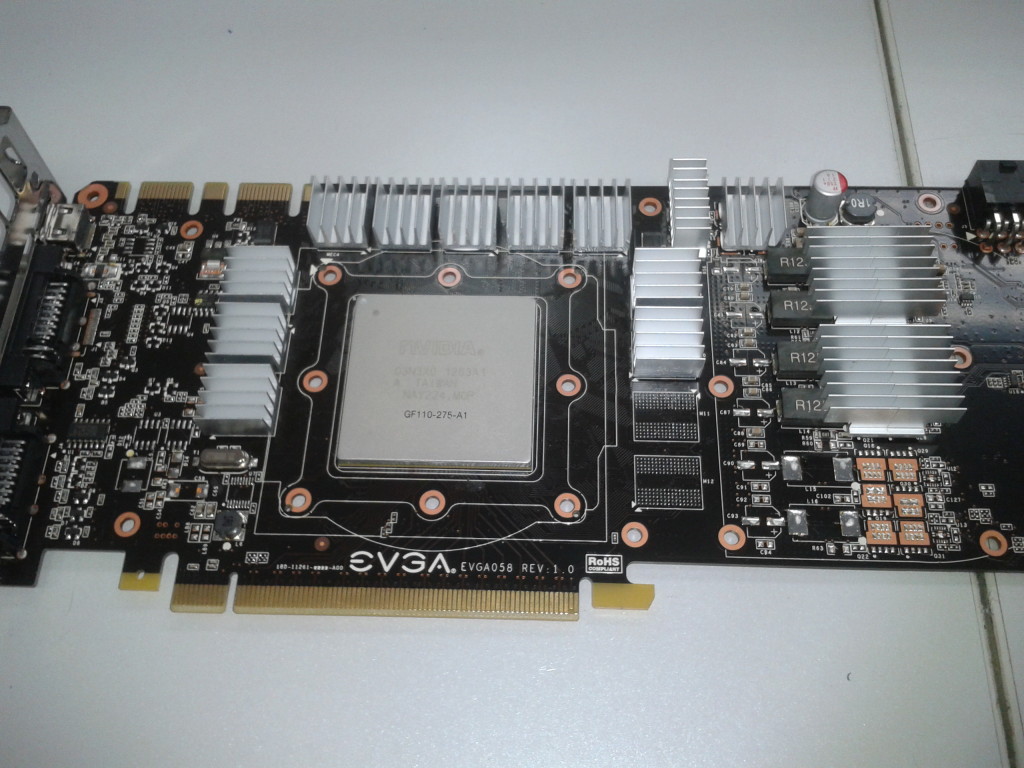
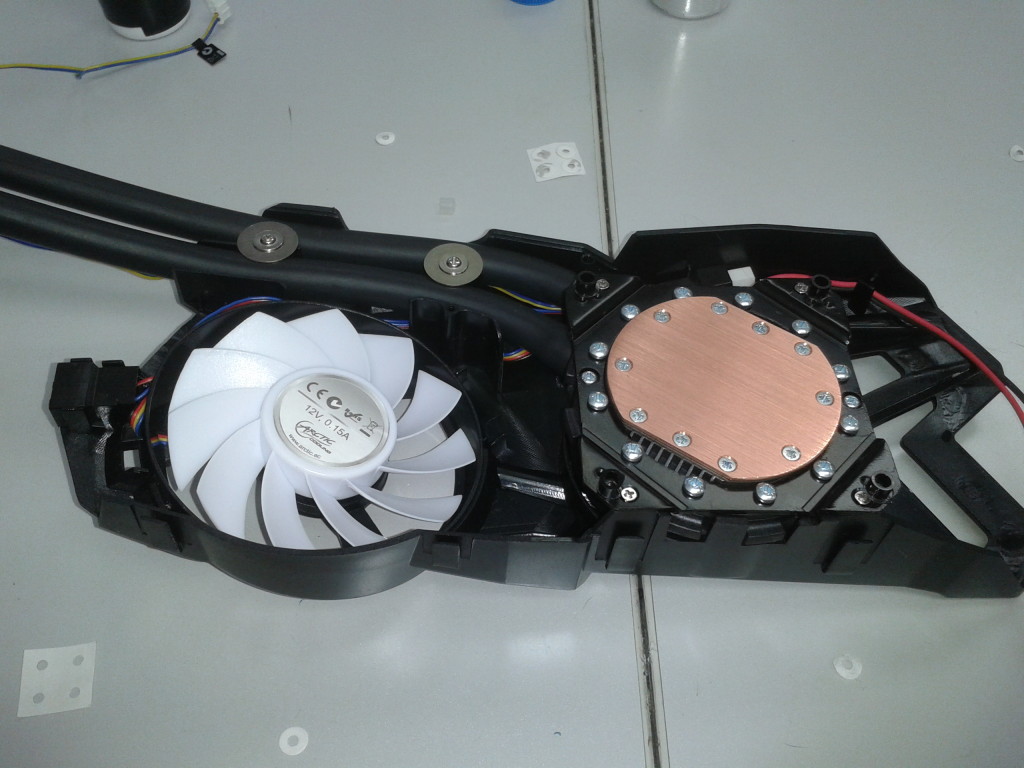
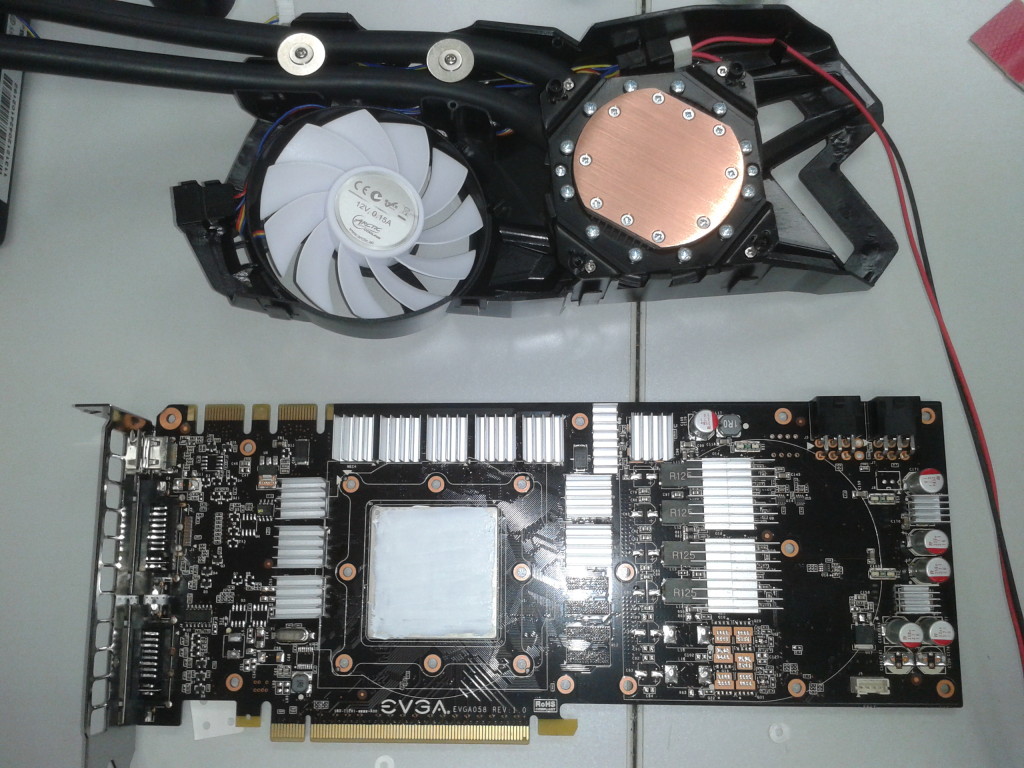
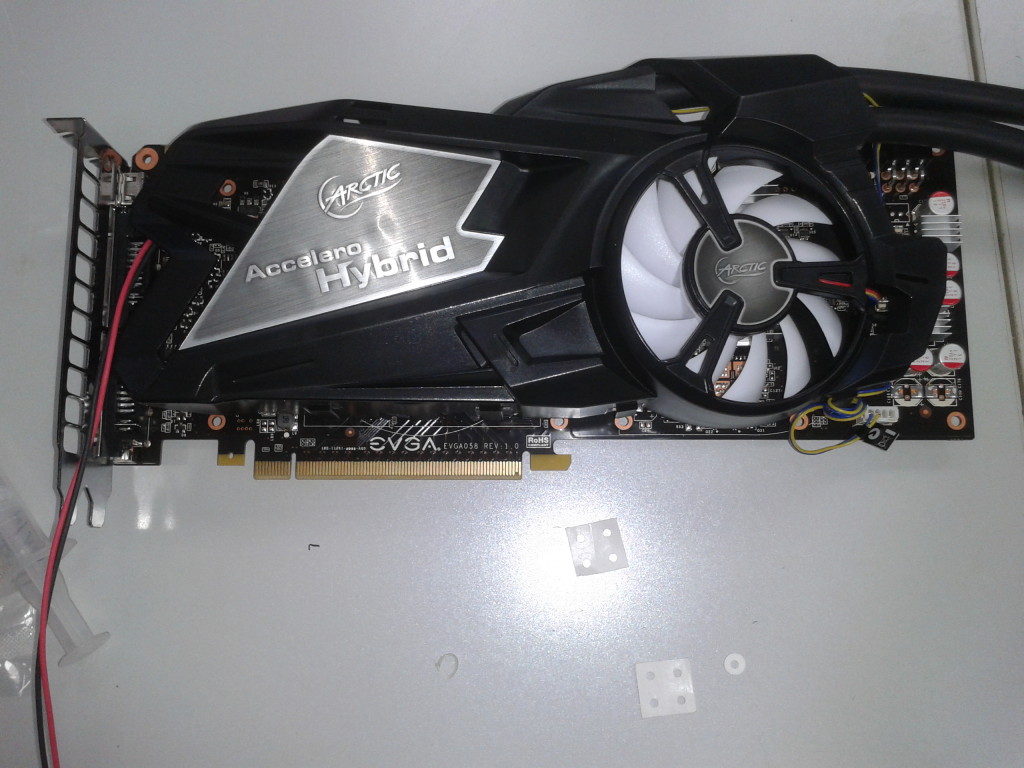
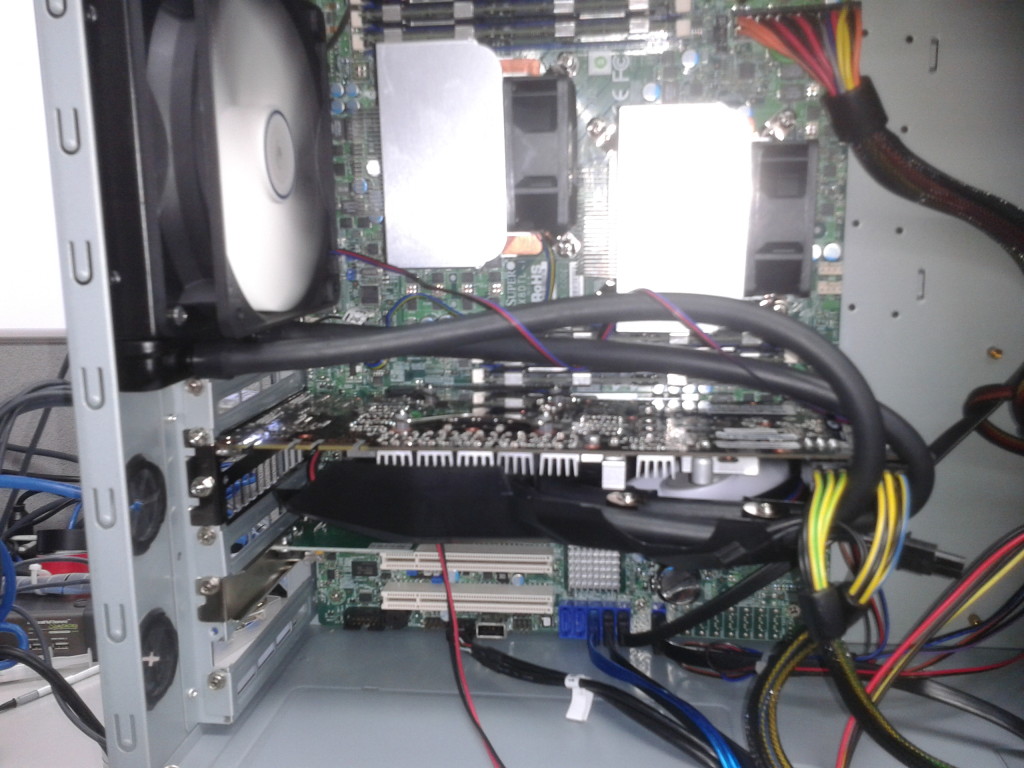
Great review brotha!
I have a GTX670 which is better than ur card and even though I am from Lidcombe I GAME HARD
I hope to get this cooler soon, it will rock